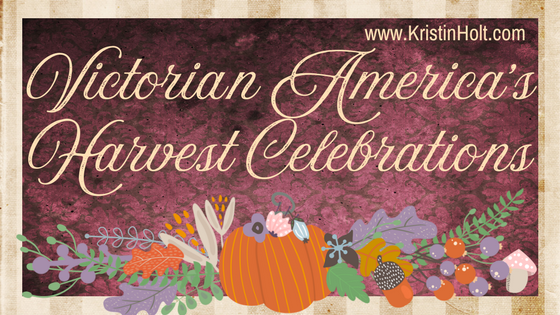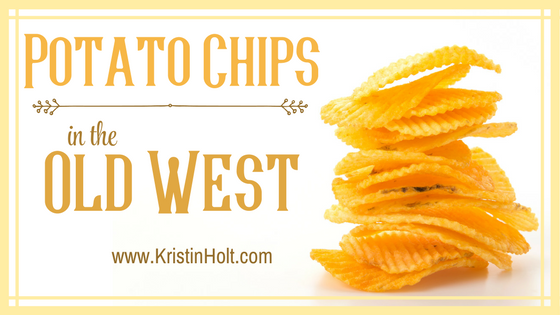
by Kristin Holt | Dec 30, 2017 | Articles
Today, December 30th, is National Bicarbonate of Soda Day.
Why recognize and celebrate such an obscure “foodie” day?
Victorian-era recipes containing saleratus, pearl ash, baking soda, baking powder (and more) can be confusing… and evoke a million questions. When were each used? Which were Victorian-era developments? Which did 19th century cooks prefer?

by Kristin Holt | Dec 4, 2017 | Articles
Can you imagine baking cookies like a Victorian? Given many ingredients and measuring methods are unfamiliar to today’s cooks, I’ve shared brief info about those mystery ingredients and 19th-century measuring implements.

by Kristin Holt | Nov 22, 2017 | Articles
Harvest Celebrations from the mid- to latter-half of the 19th century, as reported in newspapers in the United States, show the different types of “Harvest Customs” celebrated. Some customs and words were borrowed from various German immigrants, others were simple gatherings after the work of the harvest with time for thanksgiving and gratitude for adequate (or abundant) food to last until next harvest season.

by Kristin Holt | May 4, 2017 | Articles
Potato Chips are an American (and world-wide) favorite. Invented by accident–or should we say “accidentally-on-purpose”?–these potato crisps first graced the table of an elite resort in 1853 in upstate New York. News of the “invention” spread far and fast, and quickly became part of every homemaker’s repertoire, available on grocer’s shelves, served in restaurants, peddled by salesmen, and inspired further inventions.

by Kristin Holt | Sep 14, 2016 | Articles
“Mason Jars” (glass bottles for home food preservation) were invented and patented in the United Sates in the Victorian Era. Industrious homemakers grew large gardens, tended fruit trees, and bottled everything from jams and jellies to grape juice, apple sauce to soups, tomatoes to green beans. How did women accomplish this work?













